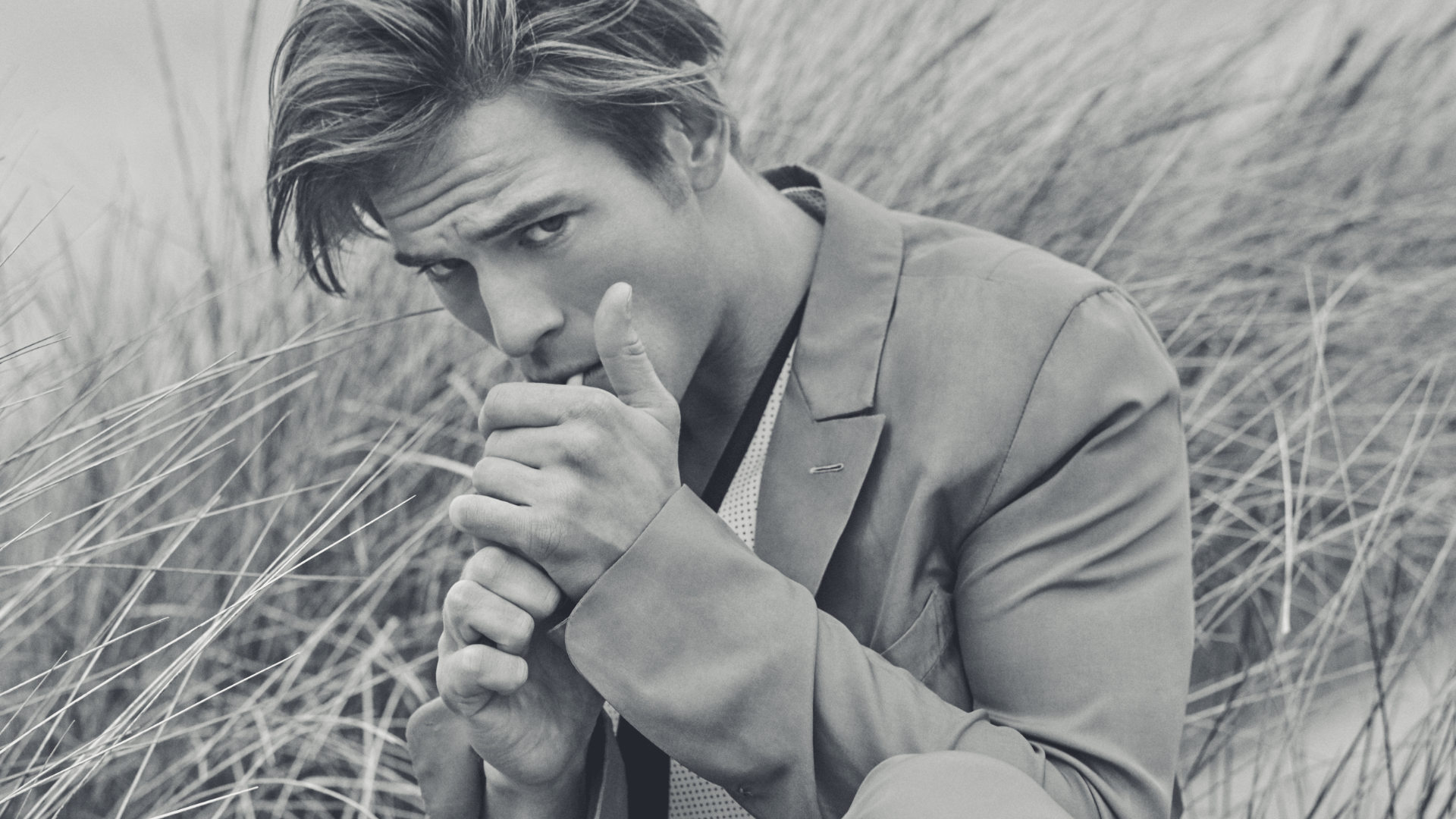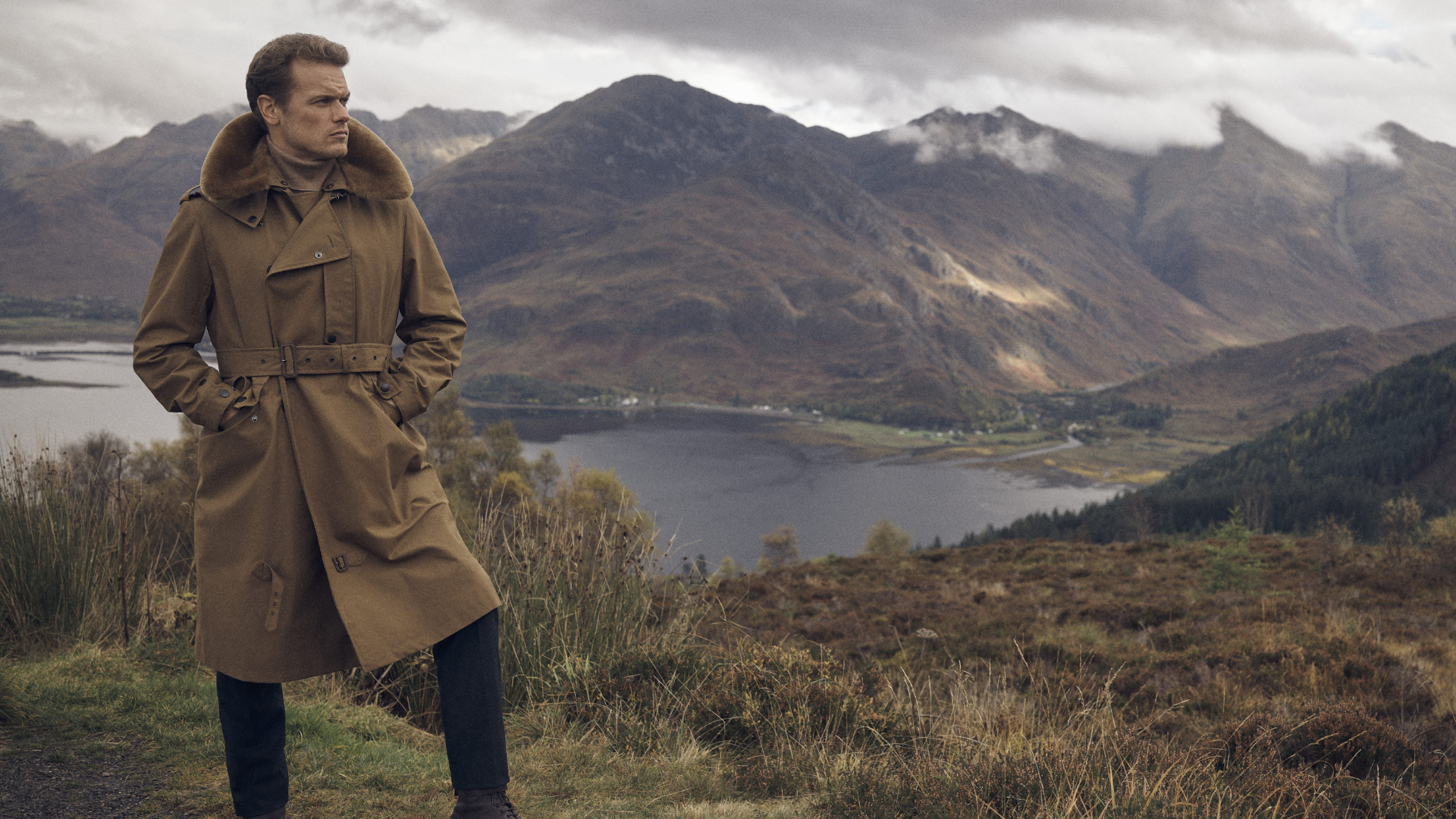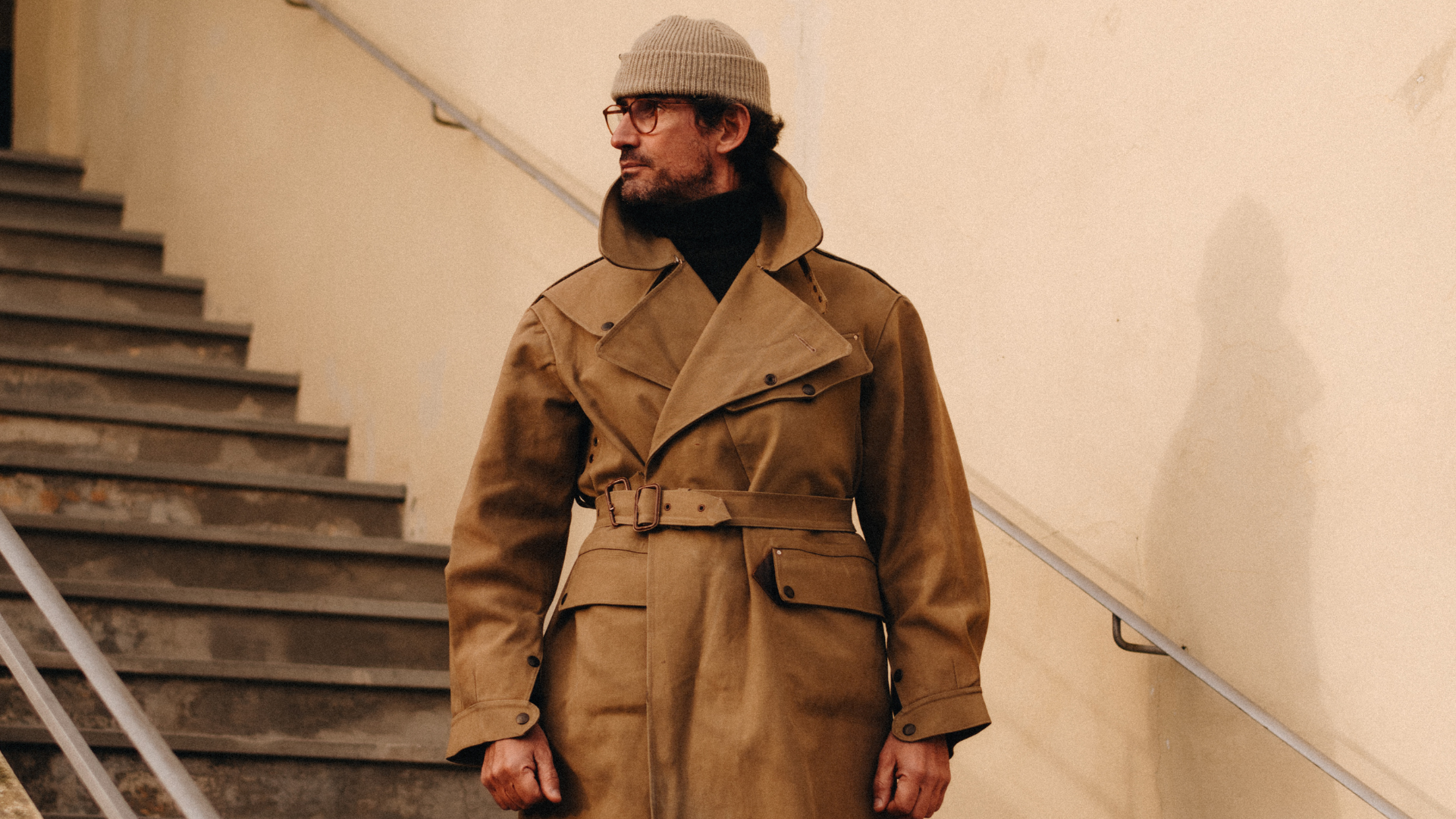The Art of Layering: The Ultimate Men's Styling Trick

While layering may seem simple on the surface — just putting one piece of clothing over another — there's actually an art and science to doing it well. Proper layering adds depth, visual interest, and versatility to any outfit. It's a crucial skill for the modern man to have in his sartorial arsenal, allowing you to adapt to any weather, transition seamlessly through seasons, and create refined yet laid-back looks.
The Beauty of Layering
The beauty of layering is that it can be employed year-round. In winter months, strategic layering traps warmth and guards against the chill. Come summer, lighter layers provide sun protection and allow you to peel off an outer layer when entering an air-conditioned space. Layering breathes life into basics from your existing wardrobe, letting you construct unique combinations from familiar pieces.
It also serves as a way to dress up or down any look as needed. A crisp cotton shirt layered under a suit instantly makes the ensemble more polished and put-together. Conversely, throwing an overcoat or overshirt atop a simple tee and jeans elevates and refines that casual core. Truly, layering is menswear's most indispensable styling move.






The Layering Principles
While there's certainly room for creative expression, there are some guidelines to keep in mind for successful layering:
- Start light and build up Always begin with lighter, thinner base layers like tees, polos, Oxford shirts or lightweight knitwear. Then add progressively thicker, heavier pieces on top like sweaters, flannel shirts, overshirts and outerwear. The thinner layers prevent bulkiness.
- Consider fabric texture In addition to weight, think about the textural interplay of your layers. Mixing and contrasting different fabric textures like wool, denim, linen, brushed cotton, etc. adds awesome depth and dimension. Stick to smoother, soft base layers against your skin with more rugged, napped textures on top.
- Mind the colours While there's no need to fully match your layered colours, you'll want them to be at least complementary. Use the classic colour wheel for guidance — shades opposite each other on the wheel like navy and tan work nicely together. The tonal layering of similar earthy hues or cool/warm tones also looks sharp and intentional.
- Know when to quit While clothes make up the layers, so can well-exposed skin — channel a bit of "slut-tish" menswear swagger by letting your forearms, ankles or a glimpse of chest serve as a base layer. But with fabric layers themselves, know that any more than 4 distinct overlapping layers will likely start looking bulky and sloppy.
- Play with proportion Each layer doesn't have to be bigger than the one beneath it. Having a longer shirt or jacket peek out from under a shorter piece creates an intriguing, offbeat visual. Cropped jackets or shrunken layers over lengthier pieces also offer cool proportional interplay.
The Layering Essentials
To be a layering master, start by amassing these versatile wardrobe heroes:
- White crewneck tees — This wardrobe staple serves as the perfect base layer. Look for a high-quality cotton tee that skims the body without being too tight or too loose. It should hit around the midpoint of your zipper. The clean, crisp look of a well-fitted white crewneck allows it to seamlessly integrate under virtually any other pieces — polos, shirts, sweaters, jackets, etc. It's also a great layering piece unto itself, able to showcase your physique peeking out from under more oversized top layers.
- White vests — A lightweight ribbed cotton vest provides a nice extra insulating layer with some textural interest when worn under button-up shirts or slim sweaters. Look for a fitted vest that hits around the hip area. The deep arm openings allow your shirt/jacket sleeves to pass through smoothly.
- Oxford button-downs — The Oxford cloth button-down is a cornerstone of the casual American style that also has versatility as a smart layering piece. Its thicker cotton fabric makes it more substantial than dress shirts for layering. Wear one open over a tee for a quick smart-casual move or button it up under a V-neck sweater or unstructured blazer for put-together polish. The collar points can peek out nicely.
- Denim or flannel shirts — Durable cotton shirtings like denim, flannel, or brushed twills have great textural quality to serve as rugged mid-layers. A thick denim western shirt layered over a tee and under a knit or jacket provides awesome contrast. Flannels are similarly functional and cozy worn as overshirts or intermediate layers.
- Fine gauge knits — Lightweight merino wool or cashmere sweaters in sleek, refined knits provide warmth without excessive bulk making them ideal for layering under blazers, overcoats or even suits. Look for slim, fitted pullovers or cardigans that integrate smoothly without fabric bunching or distorting the outerwear's silhouette.
- Overshirts — Bridging the gap between shirt and jacket, overshirts or shackets make excellent layering pieces to wear open over tees or light sweaters. Styles like chore coats, military overshirts, CPO shirt-jackets work perfectly here. They add rugged texture and warmth while allowing mobility. The overshirt looks great left open and untucked over base layers.
- Gilets/vests — A gilet is an insulating sleeveless layer to integrate under coats or wear on its own. It provides extra core warmth. For under layers, stick to slimmer down or wool vest styles that won't add excessive bulk. Boxier puffer vests can top off more casual looks on their own.
- Chunky sweaters — When true cold weather hits, nothing tops an outfit off better than a hearty wool sweater style. Rustic cable knits, thick Aran fisherman sweaters, and chunky shawl collar cardigans provide both warmth and stylish outdoorsy vibes as the outer layer. Just make sure base layers underneath are thin enough to avoid a stuffed look.
- Topcoats/trenches — Every gent needs a tailored overcoat, trench, or topcoat for the sleekest and warmest final layer. Look for styles with a roomy, straight fit that can easily accommodate sweaters or blazers underneath without binding. The longer length also covers the entire suit. Classic khaki trenches, wool polo coats, and tailored Venetian overcoats provide sophisticated finishing touches.










